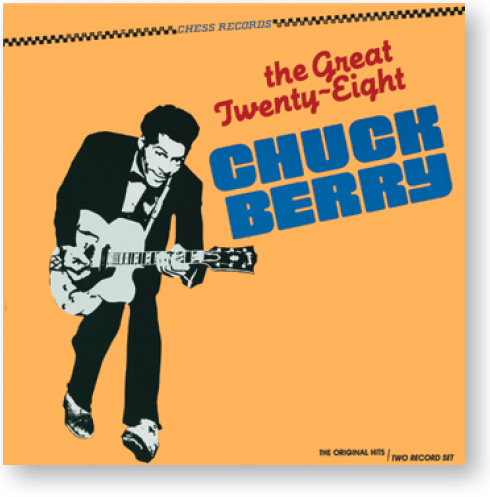Countercurrents.
Printed Page 755 Chapter Chronology
Countercurrents. Pockets of dissent underlay the complacency of the 1950s. Some intellectuals took exception to the materialism and conformity of the era. In The Lonely Crowd (1950), sociologist David Riesman lamented a shift from the "inner-directed" to the "other-directed" individual, as Americans replaced independent thinking with an eagerness to adapt to external standards of behavior and belief. Sharing that distaste for the importance of "belonging," William H. Whyte Jr., in his popular book The Organization Man (1956), blamed the modern corporation for making employees tailor themselves to the group. Vance Packard's 1959 best seller, The Status Seekers, decried "the vigorous merchandising of goods as status-symbols."
Implicit in much of the critique of consumer culture was concern about the loss of traditional masculinity. Consumption was associated with women and their presumed greater susceptibility to manipulation. Men, required to conform to get ahead, moved farther away from the masculine ideals of individualism and aggressiveness. Moreover, the increase in married women's employment compromised the male ideal of breadwinner. Into this gender confusion came Playboy, which began publication in 1953 and quickly gained a circulation of one million. The new magazine idealized masculine independence in the form of bachelorhood and assaulted the middle-class norms of domesticity and respectability. By associating the sophisticated bachelor with good wine, music, furnishings, and the like, the magazine made consumption more masculine while promoting sexual freedom, at least for men.

In fact, two books published by Alfred Kinsey and other researchers at Indiana University — Sexual Behavior in the Human Male (1948) and Sexual Behavior in the Human Female (1953) — disclosed that Americans' sexual behavior often departed from the postwar family ideal. Large numbers of men and women reported that they had engaged in premarital sex and adultery; one-third of the men and one-seventh of the women reported homosexual experiences. Although Kinsey's sampling procedures later cast doubt on his ability to generalize across the population, the books became best sellers. Less direct challenges to mainstream standards appeared in the everyday behavior of young Americans. "Roll over Beethoven and tell Tchaikovsky the news!" belted out Chuck Berry in his 1956 hit record celebrating rock and roll, a new form of music that combined country with black rhythm and blues. White teenagers lionized Elvis Presley, who shocked their parents with his tight pants, hip-rolling gestures, and sensuous rock-and-roll music. "Before there was Elvis ...I started going crazy for ‘race music,' " recalled a white man of his teenage years. His recollection underscored African Americans' contributions to rock and roll, as well as the rebellion expressed by white youths' attraction to black music.
rock and roll
A music genre created from country music and black rhythm and blues that emerged in the 1950s and captivated American youth.
The most blatant revolt against conventionality came from the self-proclaimed Beat generation, a small group of primarily male literary figures based in New York City and San Francisco. Rejecting nearly everything in mainstream culture — patriotism, consumerism, technology, conventional family life, discipline — writers such as Allen Ginsberg and Jack Kerouac celebrated spontaneity and absolute personal freedom, including drug consumption and freewheeling sex. The Beats' lifestyles shocked "square" Americans, but they would provide a model for a new movement of youthful dissidents in the 1960s.
Bold new styles in the visual arts also showed the 1950s to be more than a decade of bland conventionality. In New York City, "action painting" or "abstract expressionism" flowered, rejecting the idea that painting should represent recognizable forms. Jackson Pollock and other abstract expressionists poured, dripped, and threw paint on canvases or substituted sticks and other implements for brushes. The new form of painting so captivated and redirected the Western art world that New York replaced Paris as its center.